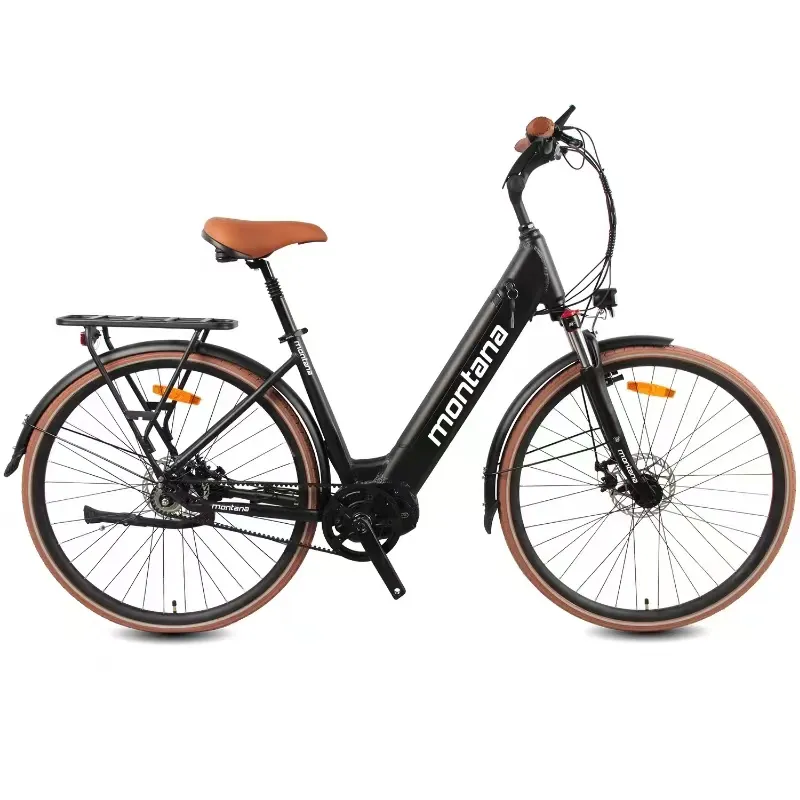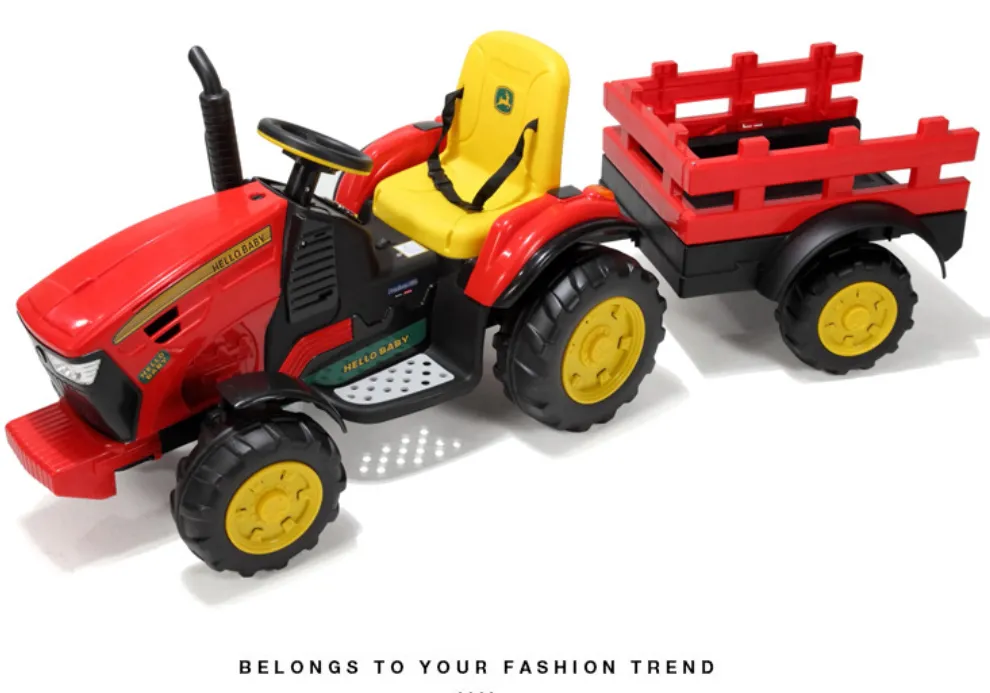Jan . 09, 2025 10:37 Back to list
New children's electric four-wheel off-road vehicle four-wheel drive power remote control multi-function can sit human toy car


When considering the ride-on car’s operational aspect, battery life is critical. A typical ride-on may run between one to three hours on a full charge, depending on the vehicle's voltage and the weight of the child. It's advisable to look for models that offer battery life indicators and easy battery access for charging or replacement. Turning to the social and developmental impacts, ride-on cars encourage outdoor activity and can improve a child's motor skills. They offer the benefit of steering practice, coordination enhancement, and even basic road awareness at an early age. Furthermore, engaging in play with such toys can foster sharing and collaborative play if you opt for models that include two seats. Finally, trustworthiness in manufacturers and retailers cannot be overlooked. It's crucial to buy from reputable brands that comply with safety standards and offer warranties for their products. Reading reviews, consulting with other parents, and engaging in forums can provide insights into brand reputation and customer service quality. Choose providers with a strong presence in the market, known for their responsive support and clear return policies. In conclusion, selecting a children’s ride-on electric car is not merely about choosing the most attractive model. It involves a balance of safety, functionality, playability, and reliability. By focusing on these aspects, you ensure not only the best experience for your child but also peace of mind for yourself, knowing that you've selected a product designed with care and precision.
-
Discover Top E Bike Brand Insights, Specs & Future Trends | Yanline Bike
NewsNov.24,2025
-
Green E Bike – The Future of Sustainable Urban Mobility
NewsNov.24,2025
-
Ruffian eBike: Durable, Efficient Electric Bikes for Modern Mobility
NewsNov.23,2025
-
Comprehensive Guide to the Global E Bike Market and Future Trends
NewsNov.23,2025
-
Understanding Electric Bicycle Range: A Complete Guide for Smarter E-Bike Use
NewsNov.22,2025
-
Ceron Electric Bike – Efficient, Sustainable Urban Mobility Solutions
NewsNov.22,2025
-
Discover the Benefits and Innovations of Go Ebike | Sustainable Urban Mobility
NewsNov.22,2025




